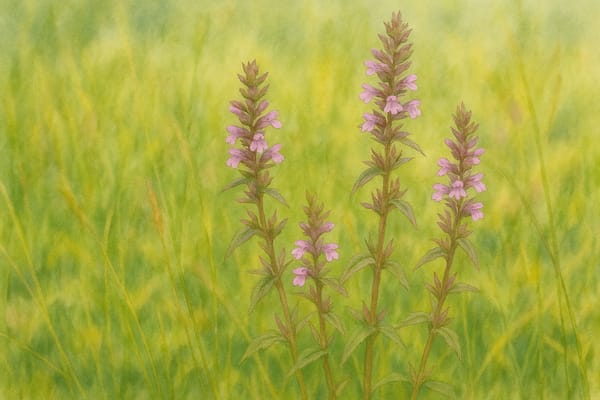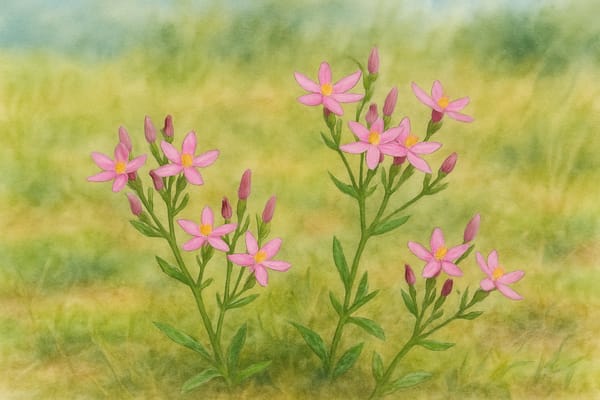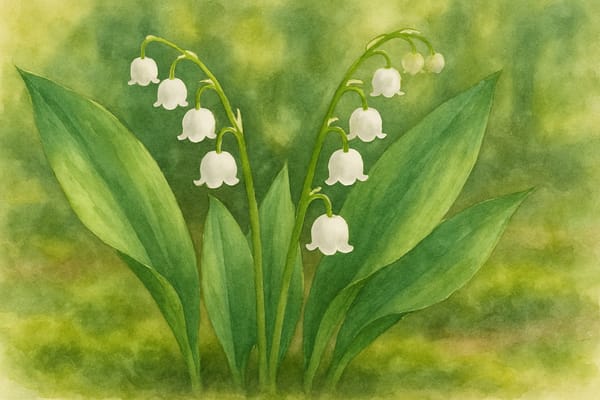The Quiet Custodian of Grassland Biodiversity
Historical and Cultural Significance
Red bartsia is a humble yet ecologically significant wildflower of Cornwall and the UK, most often seen along verges, meadows, and disturbed soils.
Ancient Herbal Lore
Its name comes from the Greek odontos (“tooth”) due to its historical use in toothache remedies, a practice mentioned by Pliny the Elder. Unlike other folkloric plants, red bartsia’s fame lies more in its quiet service to nature than in myth or superstition.
Ecological Heritage
As a hemi-parasite on grasses, it plays a role in maintaining diverse grassland ecosystems. Red bartsia is especially vital for the rare red bartsia bee (Melitta tricincta), recently recorded in Cornwall, and supports moths like the Barred Rivulet along with other pollinators.
Quiet Cultural Presence
Though not central to Cornish legend, its natural occurrence in meadows and wild places links it to the enduring tradition of Britain’s wild flora and the relationships between plants, pollinators, and landscape.
Growing Red Bartsia in Coastal Gardens
| Requirement | Details |
|---|
| Light | Full sun essential |
| Soil | Poor, well-drained (chalk, loam, sand); avoid rich soils |
| Water | Dry to moderately moist; drought-tolerant once established |
| pH | Acidic to alkaline |
| Salt Tolerance | Moderate to high; suitable for coastal exposure |
| Hardiness | Hardy in the UK |
Care and Cultivation Tips
- Site Selection:
Best suited to sunny, low-fertility areas, wildflower meadows, or coastal borders. - Sowing & Propagation:
Sow in autumn or spring directly onto the soil—seeds need light. - Watering:
Water until established; little needed thereafter. - Feeding:
Avoid fertiliser—rich soils reduce its vigor and flower production. - Maintenance:
Minimal care needed. Allow to self-seed naturally if desired. - Pests & Diseases:
Pest-free and resilient in naturalistic settings.
Coastal Garden Notes
Ideal for wildflower-friendly coastal gardens, red bartsia brings subtle beauty and important wildlife value, especially for specialist bees and moths. Thrives in saline, poor soils with no fuss.
Summary
Red bartsia may not boast a folklore legacy, but its role in supporting rare bees and enriching meadows makes it a true grassland guardian. Perfect for coastal gardens seeking low-maintenance, wildlife-supporting plants that reflect Cornwall’s natural beauty.











